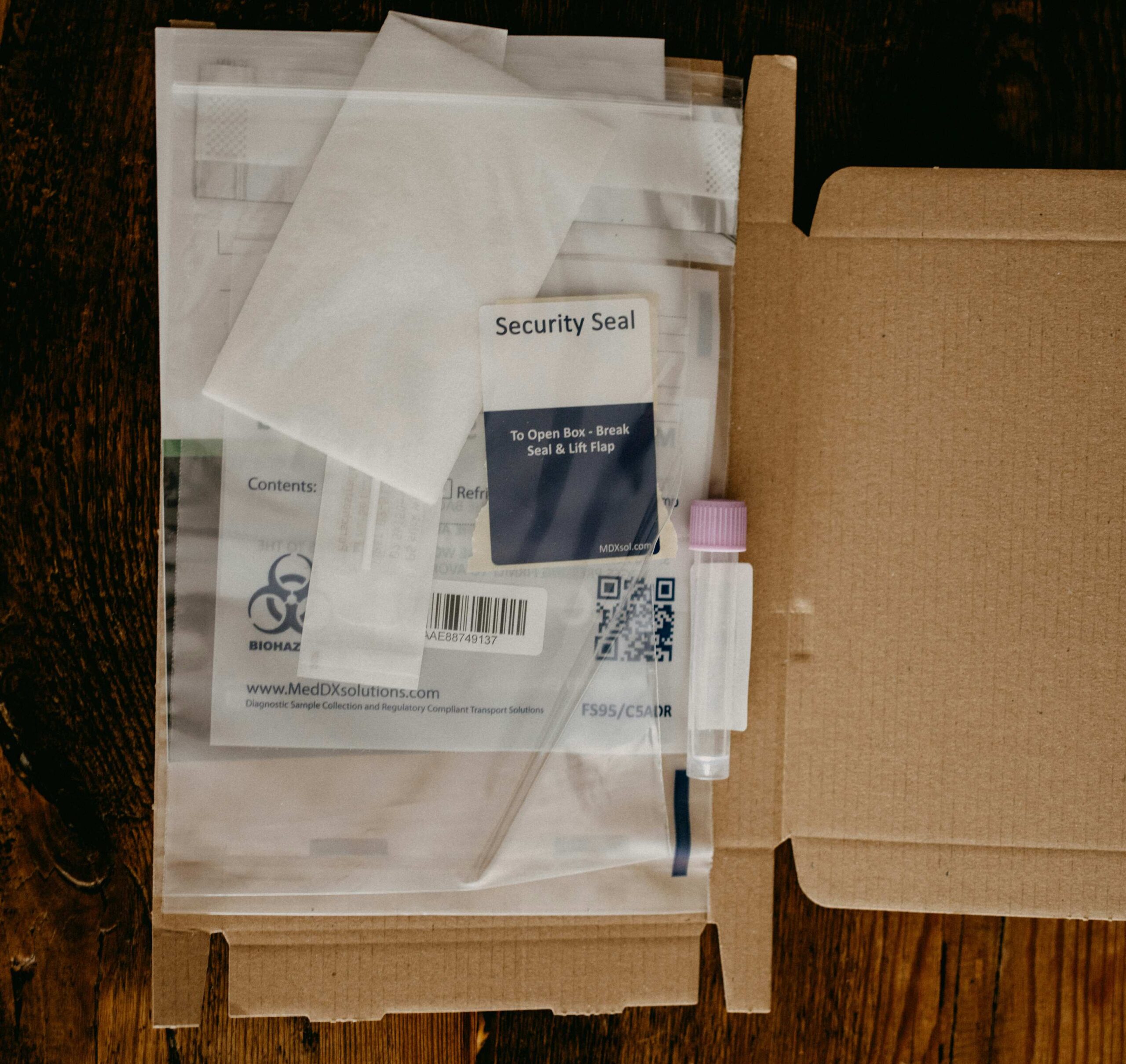Drug Driving and Drink Driving is on the rise, keep your drivers safe.
Drink driving is a long standing risk for fleet managers. 675,000 drivers were found to be driving under the influence last year. Fleet managers have long fought against this possibility, putting in place procedures and spot checks to help reduce the risk. However, a new issue involving driver impairment is on the rise – drug driving.
Driving while under the influence of drugs, illicit illegal drugs or those medically prescribed, is an offence. Drug driving has increased by 170%, and needs to be addressed. Companies that employ drivers who are convicted of drug driving can also be held liable.
At Romero Insurance, we understand the risks fleet managers face as well as the severe ramifications businesses are liable for concerning driver offences. Our mission is to protect businesses and fleet managers, which is why we post regular updates and information on emerging risks.

What is Drug Driving?
Drug driving is driving while under the influence of drugs. Various medicinal drugs warn of their risk of impairment in the small print of the container. Side effects include headaches, vision loss, drowsiness, poor reaction times, bad coordination, and poor concentration levels.
Driving while under the influence of illegal drugs such as cannabis, cocaine or amphetamines increases the risk of a crash by up to 30 times.
Data from the DFT (Department for Transport) showed that the number of collisions attributed to drug driving has increased by 170% in less than a decade.
There is a zero tolerance of drug driving in the UK – even accidental exposure to the drug can be deemed illegal.
Driving while above the prescribed amount of the following medicinal drugs is an offence:
- amphetamine
- clonazepam
- diazepam
- flunitrazepam
- lorazepam
- methadone
- morphine or opiate and opioid-based drugs
- codeine, tramadol or fentanyl
- oxazepam
- temazepam
What are the penalties for drug driving?
Drivers caught drug driving should be expected to receive:
- a minimum of a 12 month driving ban
- a criminal record
- a fine
- upto 6 months in prison
Causing death while under the influence of drugs has a penalty of life imprisonment.
Moreover, the ramifications for companies whose employees are convicted of drug driving can also be severe. The business’s risk prevention procedures will be reviewed; insurance costs can significantly increase; a fine will need to be paid, and there can be reputational damage.

How fleet managers can tackle drug driving?
Fleet managers, no matter how large or small their businesses or fleet, need to be aware that it is more than likely one of their many drivers has taken drugs at one time. Furthermore, because of a lack of awareness, many drivers don’t know the risks of driving while on medication when ill.
Fleet managers should include measures related to drug driving within their risk prevention procedures. For both drink driving and drug driving, the following actions should be considered by fleet managers.
Spreading Awareness and Training – Ensure your drivers understand the expectations placed upon them and the risks involved with drug driving and drink driving. Put on a training session and also publish information as a reminder of drug offences.
Random Spot checks – Necessary and anonymous, spot checks are vital for compliance. Check the vehicle as well as the driver for signs of substance abuse or inebriation. Powder surface wipes can be easily purchased and used to check the presence of drug residue.
Drug testing – Employing drug testing at your business will make your drivers well aware of the consequences of being caught with drugs in their system. Drug testing kits are fairly cheap and easy to use, and will help prevent any attempt of deception or inebriation while at work.
Field impairment tests – A technique used by authorities, field impairment test can be executed quickly and informally, and will help assess a driver’s possible impairment.

How to do a field impairment test?
A field impairment test is used by police and authorities to determine whether a driver is impaired. Knowing what a field impairment test is and comprises of will be useful for fleet manager who can use the technique to assess their drivers.
A field impairment test involves:
- Examining pupils
- A balance test, maintaining a singular position
- Walk and turn, with heel toe steps.
- The one-leg stand test
- The finger to nose test
Romero Insurance’s mission is to safeguard businesses and fleet managers, which is why we post regular updates and information on emerging risks.
For a confidential review of your business practices, one that won’t affect your current insurance setup, contact Romero Insurance.
See more information for Fleet Managers



